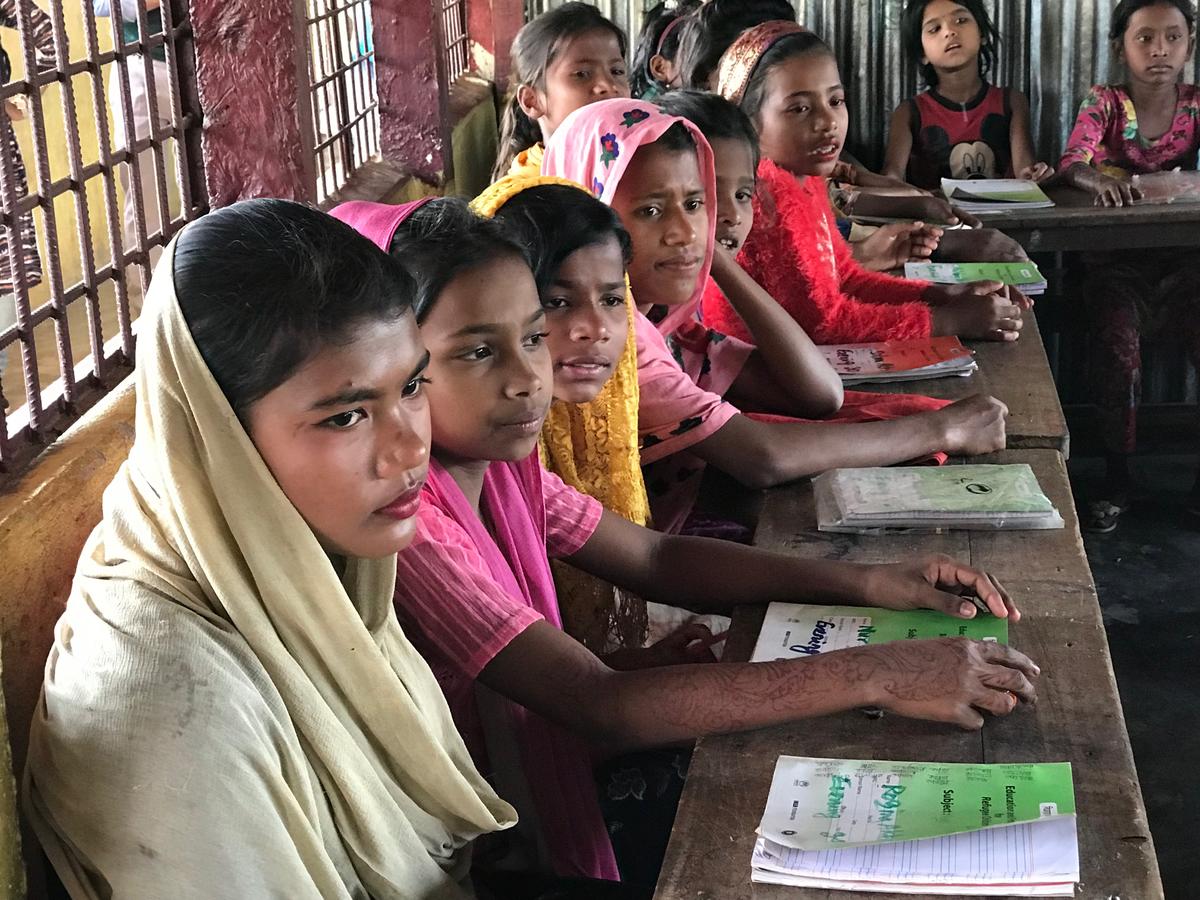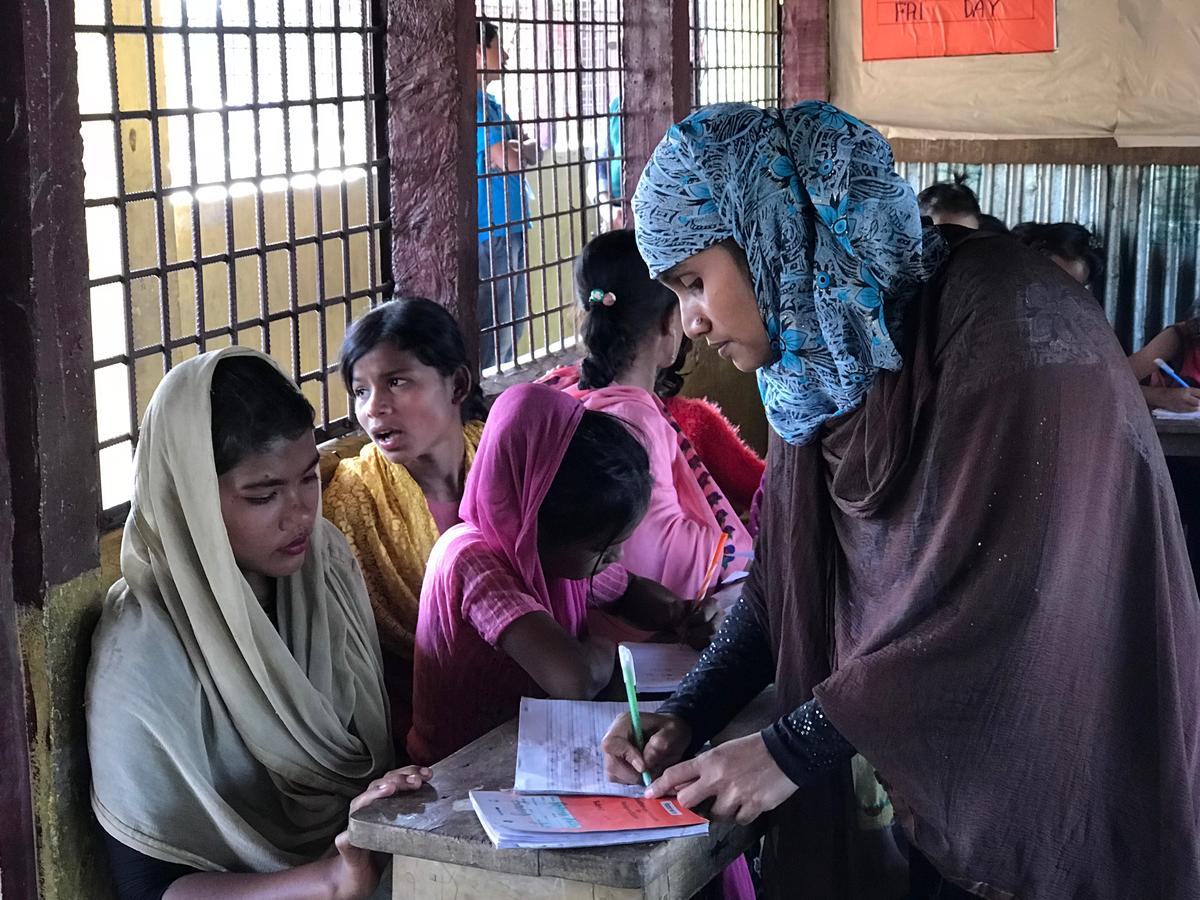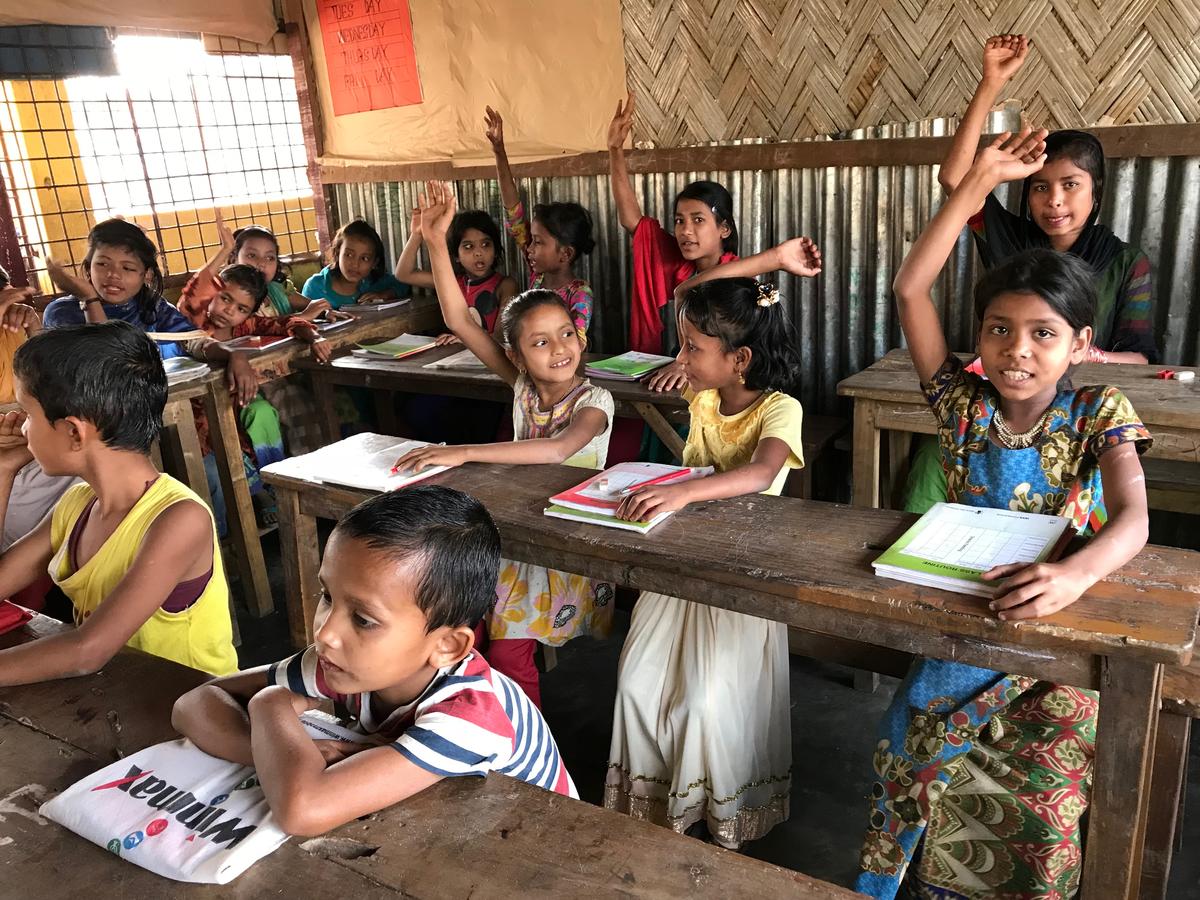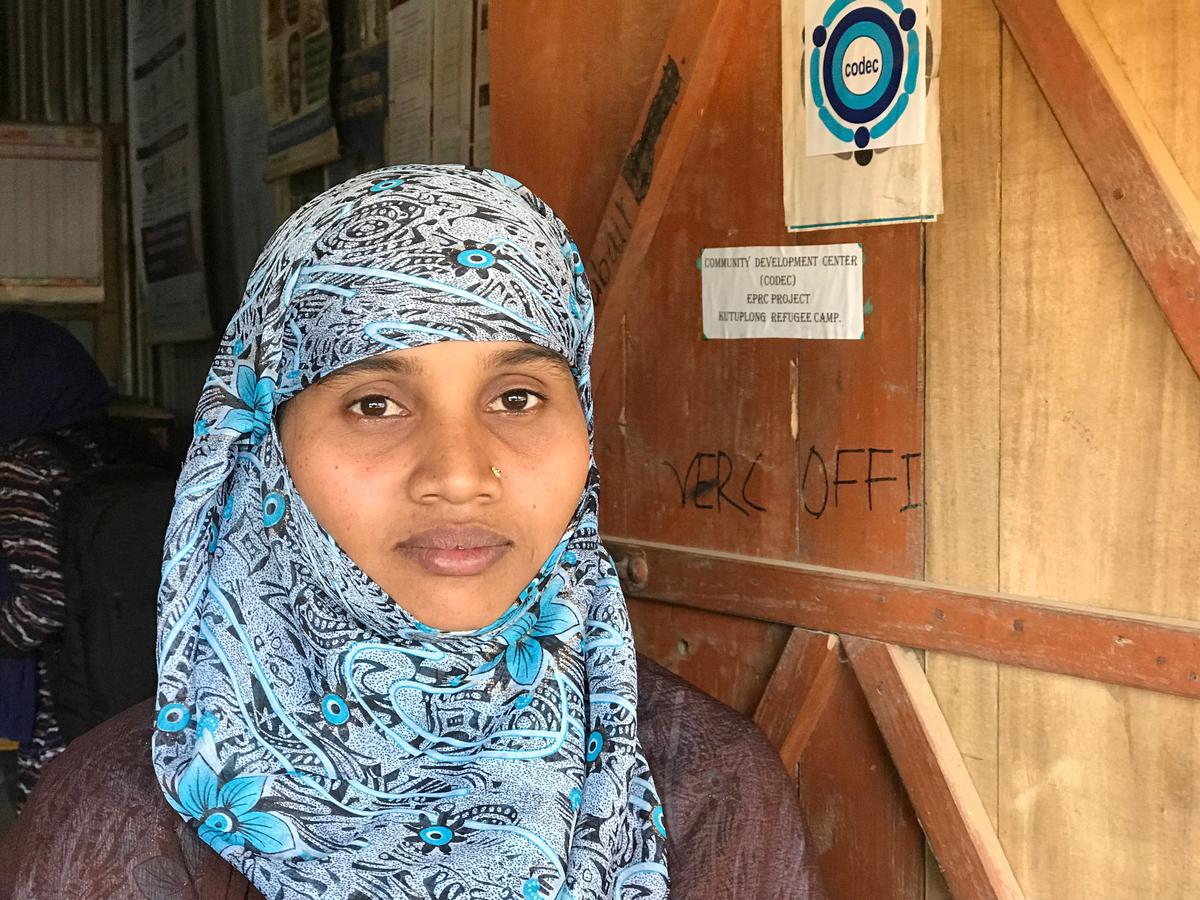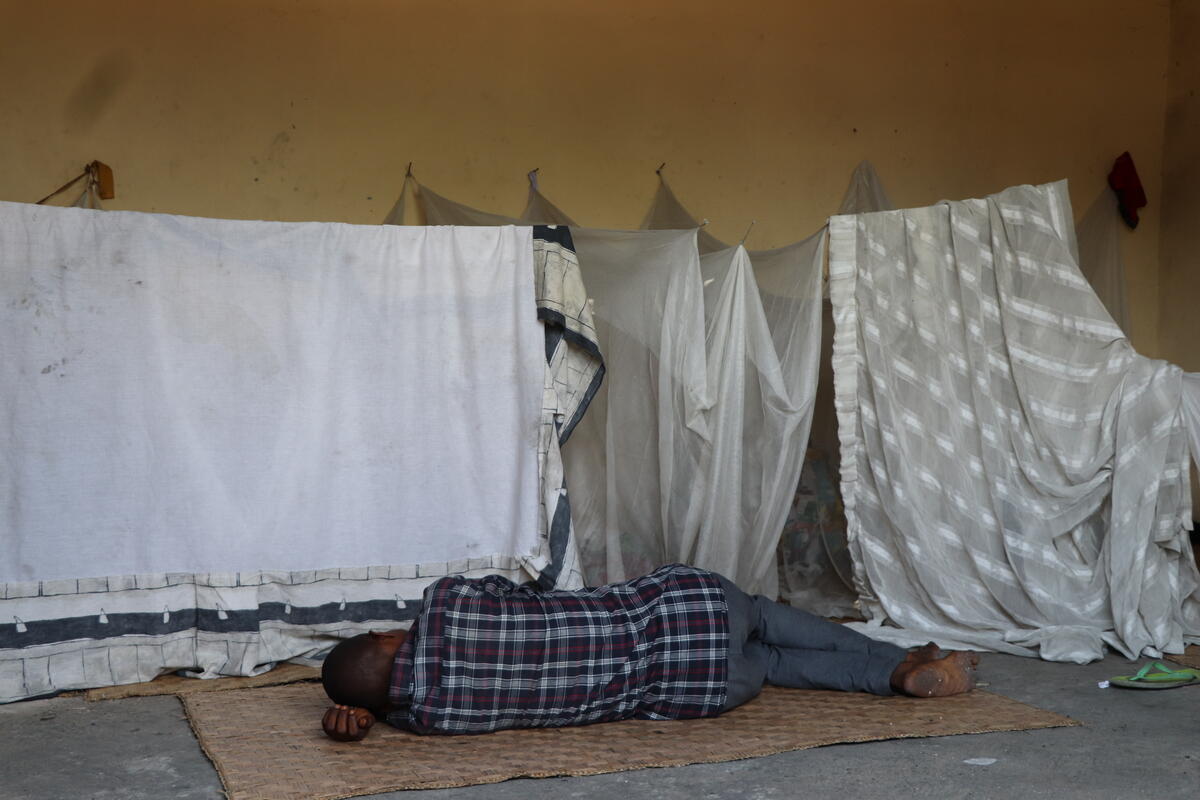Teacher works overtime to give Rohingya girls a chance to learn

Teacher works overtime to give Rohingya girls a chance to learn
Displaced from her homeland as a child, Alinesa first went to school when she was 11 years old – and quickly made up for lost time. Now 32, she has become a teacher and a champion of education for refugees, especially girls.
Alinesa fled Myanmar with her family 26 years ago and found safety in the south-eastern Bangladeshi coastal district of Cox’s Bazar. She grew up there in Kutupalong refugee settlement, taking advantage of educational opportunities she was denied back home.
So when she heard that new evening classes run by volunteer teachers were being set up for newly-arrived Rohingya refugee youngsters, she did not hesitate to sign up.
“I was keen to teach them,” she explains. “They were from our communities and had no opportunity to go to school. I felt a strong responsibility to teach them … They could be our relatives, our neighbours. I wanted to help.”
Of the nearly 700,000 new Rohingya refugees who have fled violence in northern Rakhine State since August, 55 per cent are children. Factors including poverty, social exclusion and insecurity had severely limited their access to education.
"I felt a strong responsibility to teach them … They could be our relatives, our neighbours."
Alinesa, a mother of two children and her family’s only breadwinner, teaches in the daytime at a school for registered Rohingya refugees who were born in Kutupalong, a refugee settlement established more than 25 years ago. In the evenings, she teaches an additional two classes of 40 students at the nearby Ideal Primary School, run by UNHCR’s partner CODEC, also in Kutupalong.
Many schools and temporary learning centres in the refugee settlements now operate on triple shifts. The last shift, known as the evening class, caters to newly arrived refugees. Among them is Rosina Akhter, 12, who had never been to school before.
“I’m so happy to get this chance to study,” she says shyly. “I didn’t know how to read or write before I came here. Now I’m learning.”
She explains that there was no school in her village, and that security concerns and lack of money meant that she and her siblings never got the chance to go to school.
Additionally, girls are frequently taken out of school in Myanmar to help their parents running businesses or smallholdings. But since she has been accepted as a student, Rosina says she has never skipped a class. She now dreams of becoming a teacher like Alinesa.
For her part, Alinesa said her new students are even more enthusiastic than her other pupils. “They have a strong desire to learn because they lacked opportunities to go to school in Myanmar.
“My students can learn and teach others in their community,” she added. “They can grow and become leaders of their community, to show others a pathway. Hopefully, when they become adults, they can grow up with more opportunities.”
According to a report by UNHCR, only 61 percent of per cent of refugee children worldwide are enrolled in primary school, 23 per cent in secondary, and one per cent in tertiary education.
This story is featured in “Her Turn”, a new report from UNHCR that reveals that refugee girls at secondary level are only half as likely to enrol in school as their male peers, even though girls make up half of the school-age refugee population.

